Landscape irrigation has been used as a means of increasing productivity and improving the quality of produce for hundreds of years. There are many different irrigation solutions, usually determined by factors such as locality, climate, availability of water and any local regulations regarding the usage of water.
The most common methods of landscaping irrigation are drip irrigation systems and sprinkler systems, each of which has numerous variations.
In drip tape irrigation, a drip tape or tube is buried under the soil surface and is perfect for row crops. The tape delivers water right at the point where it is most needed, i.e. the roots of the crop. This reduces wastage of water due to deep percolation, runoff or water evaporation. A drip tape buried sub-surface, also known as sub-surface drip irrigation, is less vulnerable to damage caused by cultivation and weeding.
Sprinkler systems are used to disperse water like rain drops on the field with the use of pipes and high pressure sprinklers or guns. Water is transported by pipes to one or more locations. At each location, a high pressure sprinkler or gun delivers the water to the area around the sprinkler. Some of the sprinkler mechanisms are static, while others travel the area to be irrigated, sprinkling as they go through the field.
Drip line irrigation systems are becoming increasingly popular, although they can be more expensive to install. Because they are more efficient in conserving water, the lifetime cost can work out to be less than a sprinkler system. Drip line systems do not over-spray water on to the driveways or paths and lose less water because of misting or evaporation. The delivery of water is right at the roots: benefiting the plant while reducing wastage.
While the advent of drip irrigation systems has revolutionized the use of scarce water resources, they are not accessible to everyone owing to the cost of traditional systems. In those cases where affordability is an issue, a low cost drip irrigation system might be the answer and could reduce the cost by as much as 60% to 80%. These systems often use cheaper micro-tubing to reduce the cost. They can also be started on a small scale and additional lines and components added later.
Micro irrigation is a technique that conserves both water and fertilizer by delivering slow drips of water straight to the root of the plant, either on the soil surface or directly to the root zone.
Whatever system of landscape irrigation system is chosen, the advice of a professional landscape irrigation contractor should be sought -they will be aware of the latest techniques and best practices for their local area.
Article Source: http://EzineArticles.com/6380038
